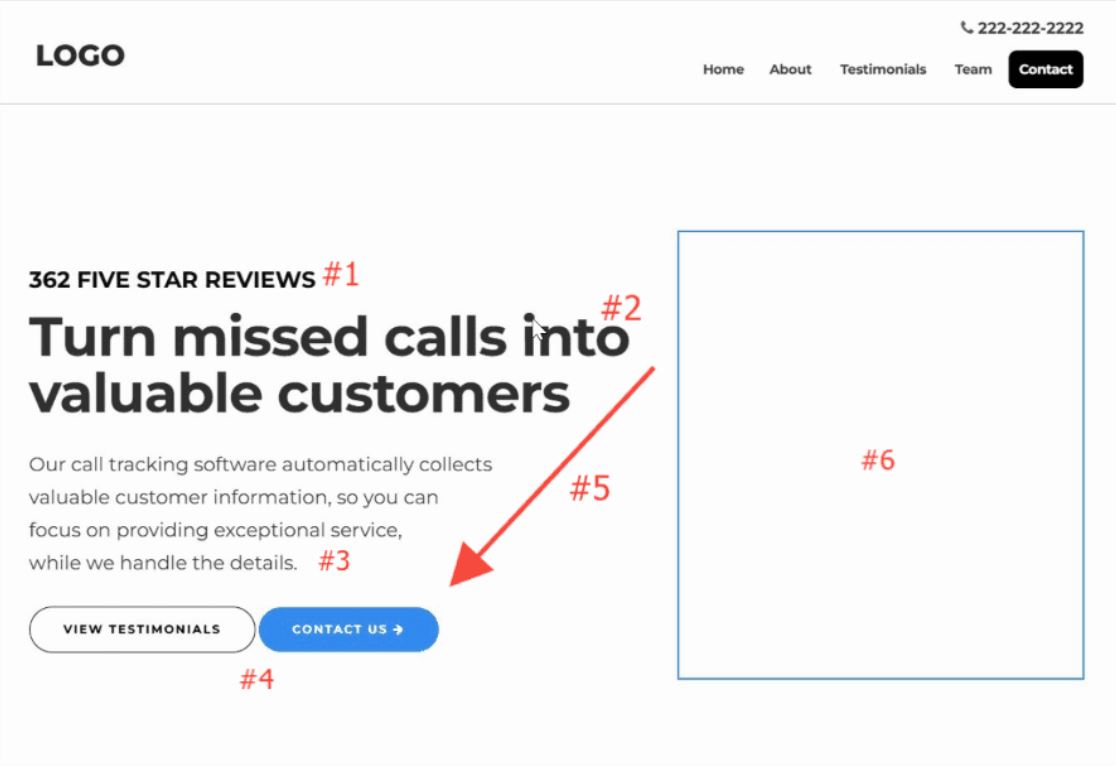What is a Top-Level Domain (TLD)?
November 30, 2024
If you’ve ever used the internet, you’ve interacted with Top-Level Domains (TLDs), even if you didn’t know it! TLDs are an essential part of every website address, and understanding them can help you better navigate and even create your own presence online.
Let’s break it down step by step.
The Basics of a Domain Name
Before diving into TLDs, let’s start with the basics: a domain name. Think of a domain name as the online address for a website. For example:
- In www.example.com, the domain name is example.com.
A domain name has two main parts:
- Second-Level Domain (SLD): This is the name you choose, like “example” in example.com.
- Top-Level Domain (TLD): This comes after the dot, such as .com, .org, or .edu.
So, What is a Top-Level Domain (TLD)?
A Top-Level Domain is the final part of a web address. It’s what comes after the last dot in a domain name. Some common examples include:
- .com
- .org
- .net
- .edu
- .gov
TLDs play a key role in how the internet organizes and identifies websites. They give users a clue about the purpose or origin of a website. For instance:
- .com: Often used for commercial websites.
- .org: Commonly associated with non-profits and organizations.
- .edu: Reserved for educational institutions like schools and universities.
Types of Top-Level Domains
TLDs are categorized into different types, each serving a unique purpose. Here’s a breakdown:
1. Generic Top-Level Domains (gTLDs)
These are the most common and familiar TLDs, like .com, .net, and .org. Originally, they were intended for specific uses:
- .com: For commercial entities.
- .org: For non-profit organizations.
- .net: For networks.
Today, these restrictions have mostly been lifted, and anyone can register a gTLD.
2. Country Code Top-Level Domains (ccTLDs)
These represent specific countries or territories, like:
- .us: United States
- .uk: United Kingdom
- .ca: Canada
They’re often used by businesses or individuals based in those countries.
3. Sponsored Top-Level Domains (sTLDs)
These are specialized TLDs managed by organizations or industries, like:
- .gov: For U.S. government entities.
- .edu: For accredited educational institutions.
- .mil: For the U.S. military.
4. New Generic Top-Level Domains (New gTLDs)
Launched more recently, these include creative and niche options like:
- .blog: For bloggers.
- .shop: For e-commerce sites.
- .tech: For tech-related websites.
Why Are TLDs Important?
TLDs are more than just the ending of a web address—they play a critical role in how websites are categorized and perceived. Here’s why they matter:
- Credibility and Trust: Certain TLDs, like .gov or .edu, instantly convey authority and reliability because they are restricted to specific entities.
- Brand Identity: Choosing the right TLD can enhance your brand. For example, .shop can make an online store’s purpose clear.
- SEO and Visibility: Having a relevant TLD can help users understand your website’s purpose and improve click-through rates.
- Localization: ccTLDs, like .de for Germany or .fr for France, signal to users and search engines that a site targets a specific country or region.
How Do You Register a TLD?
Registering a domain name, including its TLD, is simple and can be done through domain registrars like GoDaddy, Namecheap, or Google Domains. Here’s how:
- Choose Your Domain Name: Pick a name that’s relevant to your brand or purpose.
- Select a TLD: Decide between a classic TLD like .com or something more specific, like .blog.
- Check Availability: Use a registrar’s search tool to see if your desired name and TLD are available.
- Purchase and Register: Complete the purchase and register the domain for a set period (usually 1-10 years).
Conclusion
A Top-Level Domain (TLD) may seem like a small part of a web address, but it has a big impact on how websites are categorized, perceived, and found. Whether you’re building a website for personal use, a business, or a non-profit, choosing the right TLD is an important step.
Now that you know what a TLD is and why it matters, you’re ready to navigate the internet with a deeper understanding—or even register your own domain! Happy browsing (or building)!





